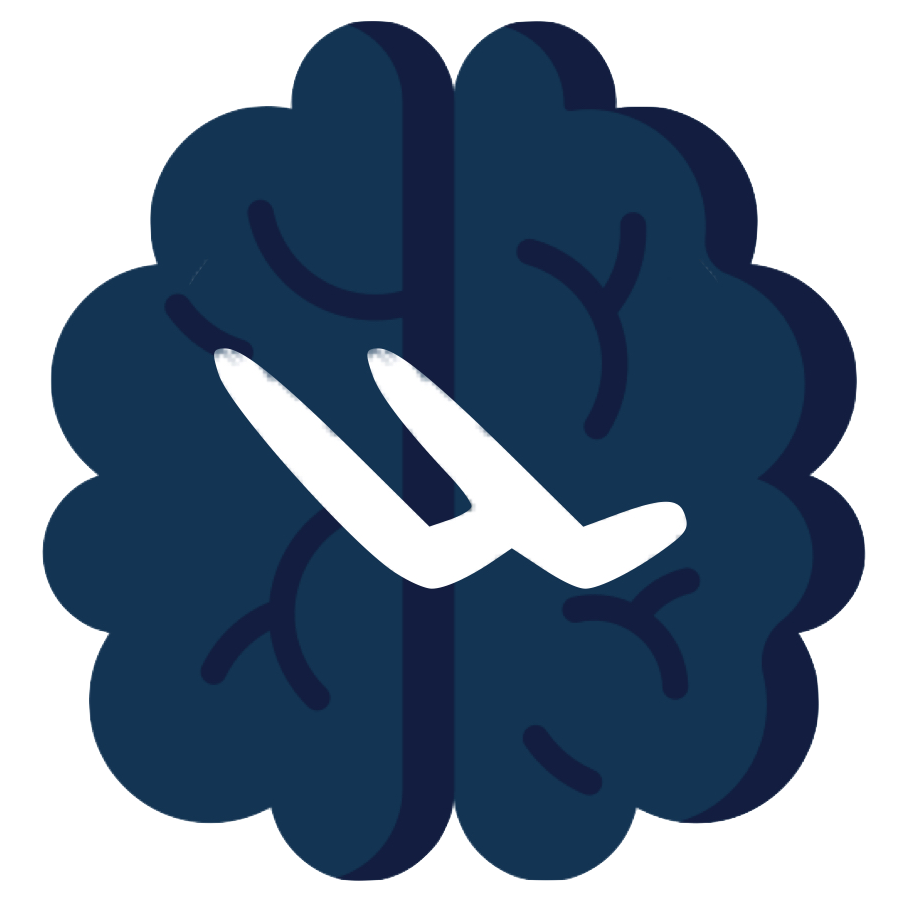
Artikel
23
oktober
Role of Edge AI in Real-Time Data Analysis and Decision-Making
The Power of Edge AI: Revolutionizing Real-Time Data Analysis and Decision-Making In 2023
In today’s fast-paced and data-driven world, the ability to make timely decisions based on real-time data is a critical advantage for businesses across various industries. Edge AI has emerged as a powerful solution, revolutionizing the way organizations process, analyze, and act on data at the edge of the network.
Understanding Edge AI
Edge AI refers to the deployment of artificial intelligence algorithms and models on edge devices, such as sensors, cameras, and IoT devices, rather than relying on centralized cloud servers. This approach brings computation closer to the data source, allowing for faster processing and immediate insights, particularly valuable for real-time decision-making.
Low Latency: Edge AI reduces latency, as data does not need to travel to distant cloud data centers for analysis. This is vital for applications where split-second decisions are crucial, such as autonomous vehicles and industrial automation.
Privacy and Security: Sensitive data can be processed locally at the edge, enhancing privacy and security by minimizing the exposure of data during transmission.
Bandwidth Efficiency: Edge AI reduces the strain on network bandwidth, especially in remote locations or areas with limited connectivity.
Cost-Efficiency: By performing data analysis at the edge, organizations can reduce cloud computing costs associated with data transfer and processing.
Key Applications of Edge AI in Real-Time Data Analysis
Manufacturing: Edge AI enables predictive maintenance in manufacturing by continuously analyzing data from sensors and machines. This prevents costly equipment breakdowns and minimizes downtime.
Healthcare: In healthcare, Edge AI can process patient data from wearable devices, providing real-time health monitoring and alerts. It also assists in medical image analysis, improving diagnostic accuracy.
Retail: In retail, Edge AI powers inventory management by tracking products and optimizing restocking. It also enhances the customer experience through personalized recommendations.
Autonomous Vehicles: Edge AI plays a central role in autonomous vehicles by processing data from cameras, LiDAR, and other sensors to make split-second driving decisions.
Smart Cities: Edge AI is used in smart city applications, such as traffic management, public safety, and waste management, to analyze data from IoT sensors and surveillance cameras.
Challenges and Considerations
While Edge AI offers numerous benefits, it also comes with challenges, including hardware limitations, model size constraints, and the need for continuous updates and maintenance. Organizations must carefully plan their Edge AI implementations to address these challenges effectively.
Conclusion
The integration of Edge AI into real-time data analysis and decision-making processes is transforming industries across the board. By enabling low-latency processing, enhancing privacy and security, and reducing costs, Edge AI empowers organizations to make faster, more informed decisions. As technology continues to advance, we can expect even more innovative applications of Edge AI, further solidifying its pivotal role in the data-driven landscape of the future. Embracing Edge AI is not just a choice; it’s a strategic imperative for businesses aiming to stay competitive and responsive in today’s dynamic world.
What's your reaction ?
Follow us on Social Media
Recent posts

April 26, 2024
Aandachtspunten bij een geldlening tussen een ouder en een kind

April 26, 2024
Hoe gaat u de zorg organiseren en wat zijn de kosten?

April 26, 2024
Wonen met zorg: de belangrijkste aandachtspunten op een rij

April 26, 2024
Hoe werkt u als dga aan een zorgeloze financiële toekomst?

April 26, 2024
Belastingvrij schenken in 2024

 Inloggen
Inloggen
 Registreren
Registreren






Comments (0)
No reviews found
Add Comment